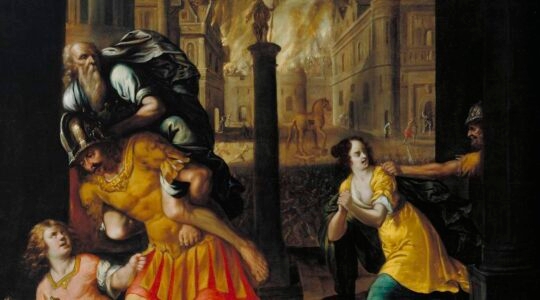In 1896, a pair of vacationing Scottish twin sisters purchased a manuscript in Cairo that they didn’t understand, though they did recognize its antiquity and language: Hebrew. At Cambridge University, they put the document before Solomon Schechter, a scholar and famed eccentric, who identified it at once. It was from the Hebrew version of the Book of Ben Sira, thought to have been lost for centuries.
Once they realized the value of their discovery, Schechter and his colleagues hastened back to Cairo. There, they found a massive geniza–a storeroom of discarded texts–in an old Egyptian synagogue. The Cairo Geniza contained more than 280,000 books and scraps, dating back over 1000 years, from population lists to holy scriptures.
In those days, the hunt for old parchments was a Wild West of sorts. A few mavericks ran the game, including a Karaite Jewish leader who plundered genizas across Israel and Europe and a Jerusalem rabbi who trafficked pieces of manuscripts on the black market. With competition like this, it was a miracle that the Cairo Geniza remained intact for so long. Once Schechter and the twins found it, they had to move fast to catalogue its contents before they could be sold on the black market.
Read the story of the Cairo Geniza in the fascinating new book Sacred Trash by Adina Hoffman and Peter Cole. Or dive into the geniza itself–11,000 fragments have been scanned and put online by the University of Manchester.
JTA has documented Jewish history in real-time for over a century. Keep our journalism strong by joining us in supporting independent, award-winning reporting.





